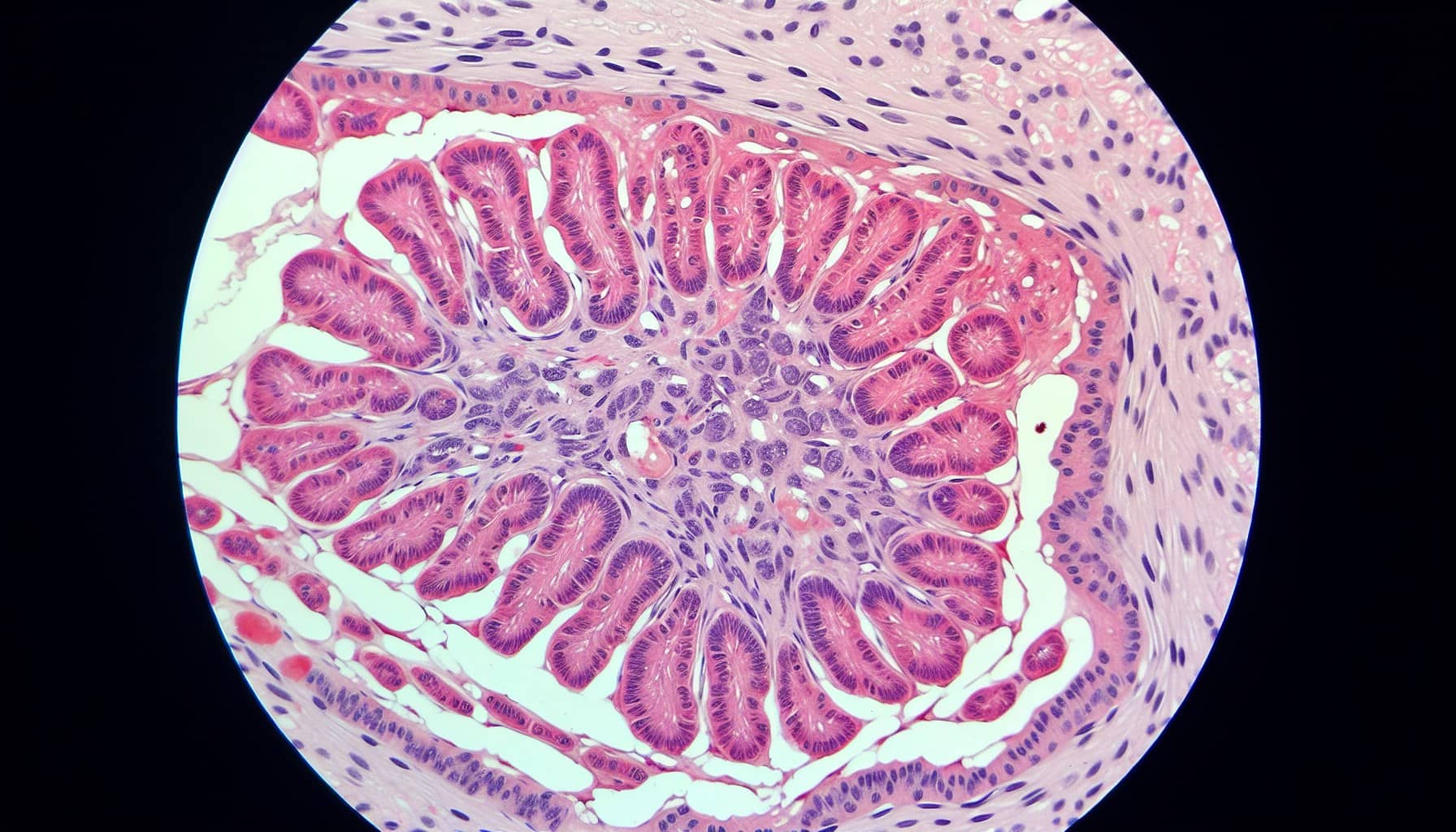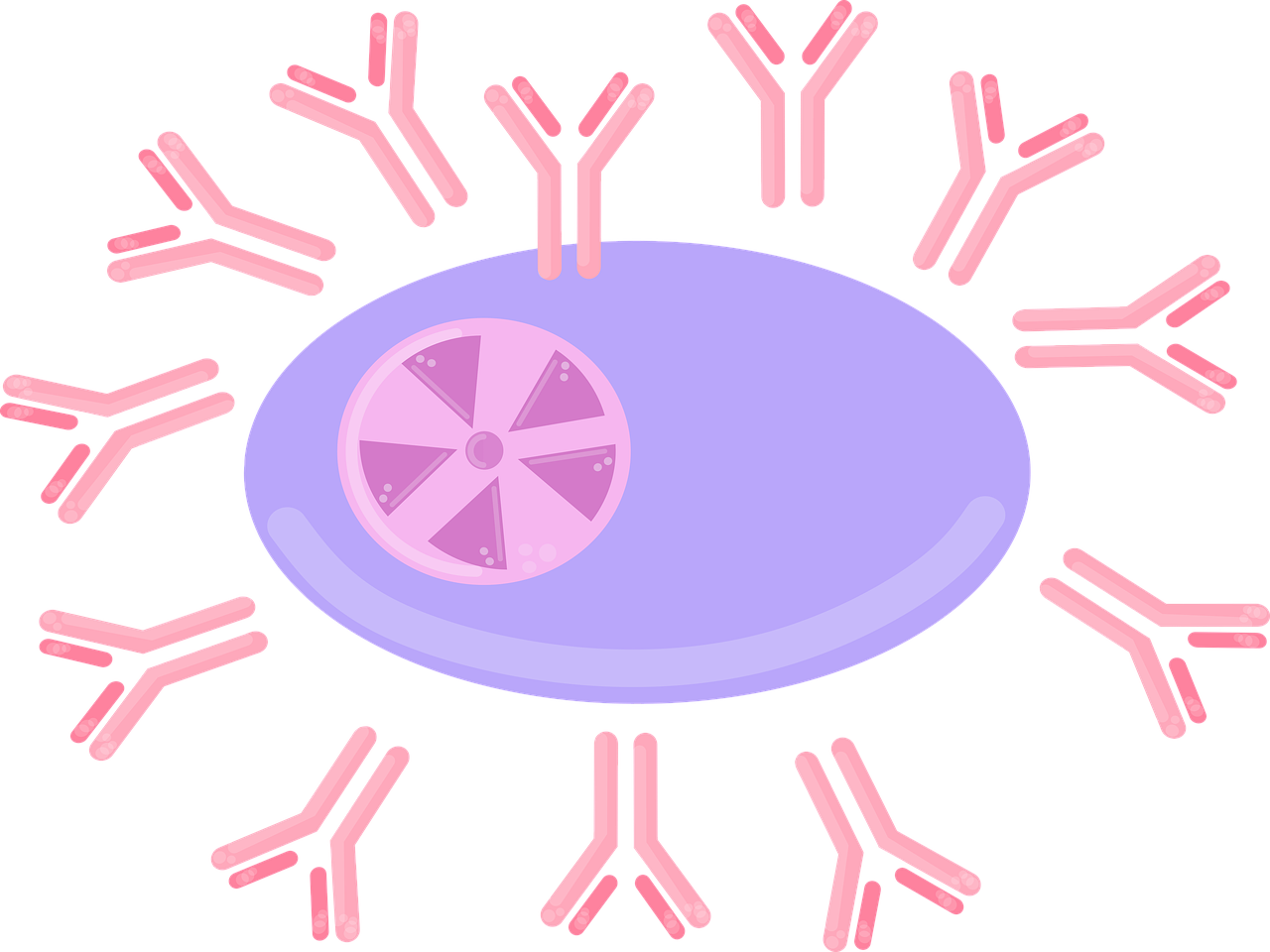Gastrointestinal Stromal Tumor Causes Made Simple

A gastrointestinal stromal tumor (GIST) is a rare type of tumor that forms in the digestive tract. These tumors account for about 1% of all gastrointestinal tumors. Most GISTs develop due to genetic mutations that disrupt normal cell growth. The KIT gene is involved in 80% of cases, while PDGFRA mutations occur in 10%. These mutations cause cells in the digestive tract to grow uncontrollably, leading to tumor formation.
Understanding the causes of GIST helps you recognize symptoms early and seek timely medical care. Early detection improves treatment outcomes and allows for better management of this condition.
Key Takeaways
GISTs are rare growths in the digestive system. They happen because of changes in the KIT and PDGFRA genes. Knowing this can help find them early.
Common signs of GIST are belly pain, feeling sick, and losing weight without trying. Spotting these signs early can help you get care quickly.
Your age and gender affect your chance of getting GIST. It mostly happens to people over 50. This shows why regular health checkups are important as you get older.
Living healthy can lower your chance of getting GIST. Don’t smoke, eat healthy foods, and stay active to keep your body strong.
Talking to doctors is key to handling GIST risks. They can help with tests and treatments made just for you.
What Are Gastrointestinal Stromal Tumors (GIST)?

Where GISTs Develop
Gastrointestinal stromal tumors (GISTs) form in specific areas of the digestive tract. Most cases occur in the stomach, which accounts for over half of all diagnoses. The small intestine is the second most common site. Less frequently, GISTs develop in the esophagus, colon, or rectum. These tumors originate from specialized cells in the digestive tract called interstitial cells of Cajal (ICCs). These cells help regulate the movement of food through the digestive system.
Prevalence Estimate | Description |
|---|---|
New cases diagnosed each year in the US. | |
Age Group | Most often found in individuals over 50. |
How GISTs Differ from Other Tumors
GISTs differ from other gastrointestinal tumors in their cellular origin. They arise from ICCs, which are unique to the digestive system. In contrast, other tumors in the gastrointestinal tract, such as adenocarcinomas or squamous cell carcinomas, develop from gland cells or squamous cells. This distinction makes GISTs unique in their structure and behavior.
Common Symptoms of GIST
Symptoms of GIST vary depending on the tumor's size and location. Some of the most common symptoms include:
Feeling full after eating small amounts of food
Fatigue and weakness
Unexplained weight loss
A palpable mass in the abdomen
These symptoms often overlap with other digestive conditions, so early detection is essential. If you notice any of these signs, consult a healthcare professional promptly.
What Causes Gastrointestinal Stromal Tumors (GIST)?
Genetic Mutations Behind GIST
KIT Gene Mutations
Mutations in the KIT gene are the most common cause of gastrointestinal stromal tumors (GIST), accounting for about 80% of cases. These mutations activate signaling pathways that control cell growth and survival. When the KIT gene mutates, it sends constant signals for cells to grow, even when they shouldn’t. This uncontrolled growth leads to tumor formation.
PDGFRA Gene Mutations
The PDGFRA gene is another key player in GIST development. Mutations in this gene occur in about 10% of cases. Like KIT mutations, PDGFRA mutations cause cells to multiply uncontrollably. These mutations often result in tumors with unique characteristics, which may influence treatment options.
Other rare genetic changes, such as mutations in SDHA, SDHB, SDHC, or SDHD genes, can also contribute to GIST. These mutations disrupt normal cell processes, further promoting tumor growth.
How Genetic Mutations Trigger Tumor Growth
Abnormal Cell Growth in the Digestive Tract
Genetic mutations in GIST disrupt the normal function of interstitial cells of Cajal (ICCs). These cells regulate food movement in your digestive tract. Mutations in genes like KIT and PDGFRA lead to constant activation of growth signals. This causes ICCs to grow and divide uncontrollably, forming tumors.
Key mechanisms include:
Constant activation of growth pathways by KIT mutations.
Uncontrolled cell proliferation due to PDGFRA mutations.
Accumulation of succinate in rare cases, which stimulates growth pathways.
Sporadic vs. Inherited Mutations
Most GIST cases result from sporadic mutations. These changes occur during your lifetime and affect only tumor cells. They are not passed down to your children. In contrast, inherited mutations are rare and linked to genetic syndromes like familial GIST. If you inherit a mutation in the KIT or PDGFRA gene, you may have a higher risk of developing GIST.
Recent research has improved our understanding of these mutations. Scientists now identify new genetic drivers and resistance mechanisms, leading to more personalized treatments for GIST patients.
Risk Factors for Gastrointestinal Stromal Tumors (GIST)
Age and Gender
Your age and gender can influence your risk of developing a gastrointestinal stromal tumor (GIST).
Most GIST cases occur in individuals over 50 years old, with a median age of 58.
Younger patients, under 50, tend to have smaller tumors and better survival rates.
Men are slightly more likely to develop GIST than women. About 52% of cases are found in men, while 48% occur in women.
Survival rates also differ by gender. Men have a median survival of 95 months, while women have a median survival of 134 months.
These statistics highlight the importance of regular health checkups, especially as you age.
Genetic Syndromes Linked to GIST
Familial GIST Syndrome
Familial GIST syndrome is a rare inherited condition caused by mutations in the KIT or PDGFRA genes. If you have this syndrome, your risk of developing GIST increases significantly.
This condition often leads to earlier tumor development and multiple tumors.
It follows an autosomal dominant inheritance pattern, meaning one altered gene copy can raise your risk.
If you have a family history of GIST, genetic testing can help identify your risk and guide early interventions.
Neurofibromatosis Type 1 (NF1)
Neurofibromatosis Type 1 (NF1) is another genetic syndrome linked to GIST. It results from a defect in the NF1 gene.
Individuals with NF1 have a higher likelihood of developing GIST and other tumors.
Studies show that 86% of patients with NF1-related GIST exhibit features of this syndrome.
If you have NF1, regular monitoring can help detect GIST early and improve outcomes.
Genetic Syndrome | Description |
|---|---|
Primary familial GIST syndrome | Increases GIST risk due to KIT or PDGFRA mutations, often with earlier onset and multiple tumors. |
Neurofibromatosis Type 1 | Caused by NF1 gene defects, raising the risk of GIST and other tumors. |
Carney-Stratakis syndrome | Linked to SDH gene mutations, leading to GISTs in younger individuals, often in the stomach. |
Environmental and Lifestyle Factors
While genetic factors play a major role, your lifestyle choices can also impact your risk. You can take steps to reduce your chances of developing GIST:
Avoid smoking. If you smoke, consider quitting.
Maintain a healthy weight through diet and exercise.
Eat a balanced diet rich in fruits, vegetables, and whole grains. Limit processed foods and sugary drinks.
Exercise regularly. Aim for 30 minutes of moderate activity, five days a week.
Limit alcohol consumption. The American Cancer Society recommends no more than one drink per day for women and two for men.
These habits not only lower your risk of GIST but also improve your overall health.
Staying Informed and Reducing Risk
Importance of Regular Health Checkups
Regular health checkups play a vital role in identifying potential health issues, including gastrointestinal stromal tumors (GIST). These routine visits can uncover early signs of GIST, even when you may not notice symptoms. For example:
Imaging tests like CT or MRI scans, often part of routine screenings, can reveal tumors.
Blood tests may detect abnormalities that prompt further investigation.
Discussing new symptoms, such as fatigue or abdominal discomfort, with your doctor can lead to timely diagnosis.
The diagnostic process for GIST often includes imaging tests, blood work, and biopsies. These procedures, when performed during regular checkups, increase the chances of early detection. Early diagnosis allows for more effective treatment and better outcomes.
Consulting Healthcare Professionals for Guidance
Healthcare professionals are your best resource for managing your risk of GIST. They can guide you through the diagnostic process, which may involve:
Conducting physical exams to check for abnormalities.
Ordering imaging tests like CT, MRI, or PET scans.
Performing endoscopic procedures or biopsies to confirm a diagnosis.
Doctors also help you understand your treatment options. Surgery and targeted therapies, such as tyrosine kinase inhibitors, are common approaches. If you have a genetic predisposition to GIST, your doctor may recommend genetic testing or regular monitoring.
By staying proactive and consulting healthcare professionals, you can take control of your health. Early intervention not only improves your quality of life but also reduces the risk of complications.
Tip: Keep a record of your symptoms and share them with your doctor during visits. This information can help identify patterns and guide the diagnostic process.
Understanding the causes of gastrointestinal stromal tumor (GIST) is essential for early detection and effective management. Genetic mutations, such as those in the KIT and PDGFRA genes, play a significant role in tumor development. Awareness of risk factors, including older age and inherited syndromes like familial GIST, can help you identify potential warning signs. Regular health checkups and consultations with healthcare professionals ensure timely diagnosis and personalized care. By staying informed and proactive, you can take control of your health and improve outcomes.
Note: Genetic testing may benefit individuals with a family history of GIST.
FAQ
What is the main cause of gastrointestinal stromal tumors (GIST)?
Genetic mutations, especially in the KIT and PDGFRA genes, are the primary cause of GIST. These mutations trigger abnormal cell growth in the digestive tract, leading to tumor formation.
Can GIST be inherited?
Yes, but it is rare. Inherited mutations in genes like KIT or PDGFRA can increase your risk. Familial GIST syndrome is an example of a hereditary condition linked to these tumors.
Are GISTs always cancerous?
Not all GISTs are cancerous. Some remain benign and grow slowly. However, malignant GISTs can spread to other parts of the body. Early detection helps determine the tumor type and guide treatment.
How can I reduce my risk of developing GIST?
Adopt a healthy lifestyle. Avoid smoking, maintain a balanced diet, and exercise regularly. Regular health checkups can also help detect potential issues early.
Tip: If you have a family history of GIST, consider genetic testing to assess your risk.
What are the treatment options for GIST?
Treatment often includes surgery to remove the tumor. Targeted therapies, like tyrosine kinase inhibitors, are also effective in managing GIST. Your doctor will recommend the best approach based on your tumor's size, location, and genetic profile.
---
ℹ️ Explore more: Read our Comprehensive Guide to All Known Cancer Types for symptoms, causes, and treatments.
See Also
Understanding Gastrinoma: Symptoms And Important Information
Gastrointestinal Carcinoid Tumors: What You Need To Know
Carcinoid Tumors: Essential Information You Should Understand
